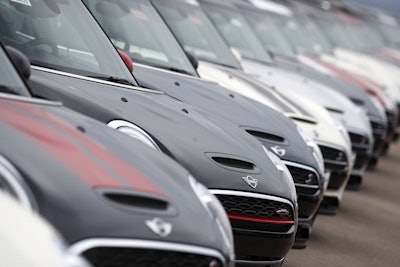
U.S consumers increased their spending just 0.2 percent in May, a disappointing result after two months of much stronger gains. Meanwhile, inflation — as measured by a gauge monitored by the Federal Reserve — rose 2.3 percent for the 12 months ending in May, the fastest reading in six years.
The Commerce Department said Friday that the tiny rise in spending last month followed much stronger increases of 0.6 percent in March and 0.5 percent in April. It was the poorest showing since spending had fallen 0.1 percent in February.
Consumer spending accounts for 70 percent of economic activity, and economists are counting on solid gains to propel economic growth after a slow start to the year. But the weak May reading on spending may call that forecast into question. In advance of the report, many economists had been looking for a more robust increase of around 0.5 percent in spending.
Inflation, by a gauge that is preferred by the Federal Reserve, was up 0.2 percent in May and 2.3 percent over the past 12 months. That is the fastest 12-month pace since 2012 and stands above the Fed's optimal target for 2 percent annual gains in inflation. However, the central bank has signaled that it is willing to let inflation run above 2 percent for a time, given that it had fallen short of that mark for six years.
The Fed in June boosted its benchmark rate for a second time this year and projected that it would raise rates four times this year, up from an expectation of just three rate hikes before the June meeting.
Incomes grew a solid 0.4 percent in May, supported by strong growth in wages and salaries.
The overall economy, as measured by the gross domestic product, slowed to a lackluster annual growth rate of just 2 percent in the first three months of the year. But economists have been forecasting a sizable rebound in GDP growth this quarter based largely on their expectation that consumer spending will accelerate.
The weak May gain may call that into question. The result was heavily influenced by a slowdown in utility bills, likely driven by better weather and lower demand for electricity and natural gas.
With the income gain outpacing the increase in spending, the saving rate rose to 3.2 percent of after-tax incomes in May, up from 3 percent in April.






















